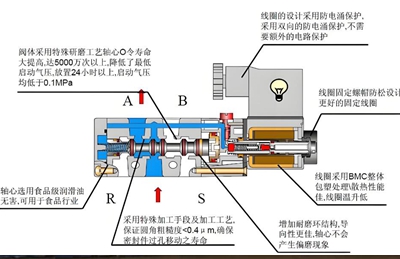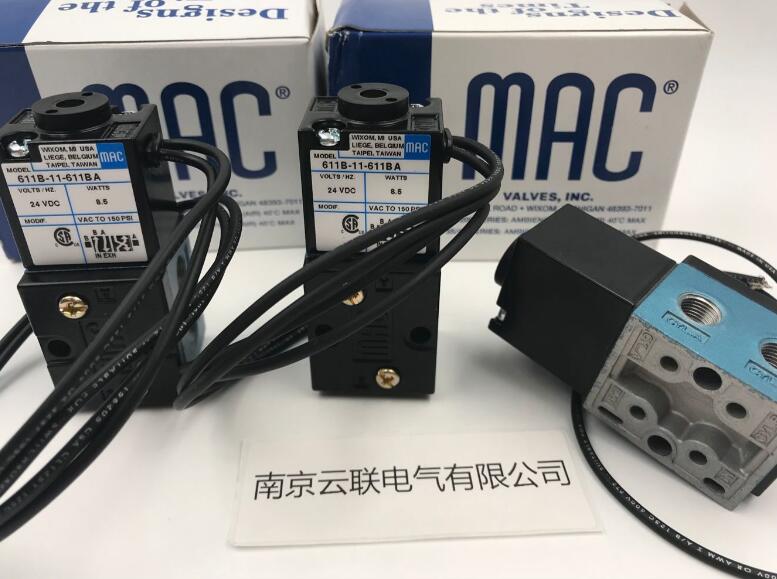
solenoid valve
Differences in wiring methods for different types of
solenoid valves
There are various types of solenoid valves, and different types of solenoid valves also have different wiring methods.
Single coil normally open solenoid valve with only one coil. When the power is turned on, the coil generates a magnetic field, causing the iron core to attract and open the valve; When the power is disconnected, the coil loses its magnetic field, the iron core releases, and the valve closes. This type of solenoid valve usually only requires a single wire to connect to the power supply and controller, and the wiring is relatively simple. In some simple fluid control systems, such as small water filtration equipment, single coil normally open solenoid valves can achieve on/off control of water flow through this simple wiring method.
The double coil normally closed
solenoid valve has two coils. When the power is turned on, both coils generate magnetic fields, causing the iron core to attract and open the valve; When the power is disconnected, as long as the magnetic field generated by one coil is strong enough, the valve can be closed. This type of solenoid valve usually requires two wires to be connected to the power supply and controller respectively. In some systems with high safety requirements, such as gas supply systems, double coil normally closed solenoid valves can work together with two coils to ensure that the valve can be reliably closed in case of abnormal situations such as power outages, preventing gas leakage.
Explosion proof
solenoid valves are widely used in some special environments, such as chemical, petroleum and other flammable and explosive places. Explosion proof solenoid valves come in different types such as lead type and terminal block type. Lead type explosion-proof solenoid valves usually have a three core wire, where yellow is the ground wire, red and green/black/blue are the power wires, and the power supply is not divided into positive and negative poles. The housing of the explosion-proof solenoid valve with a wiring socket has three ports inside, which are two power line ports and one ground line port. When wiring on site, standard wires can be directly introduced into the explosion-proof coil housing. When wiring, it is necessary to strictly follow the explosion-proof requirements to ensure the sealing and safety of the wiring, and prevent explosion accidents caused by electric sparks and other factors.



